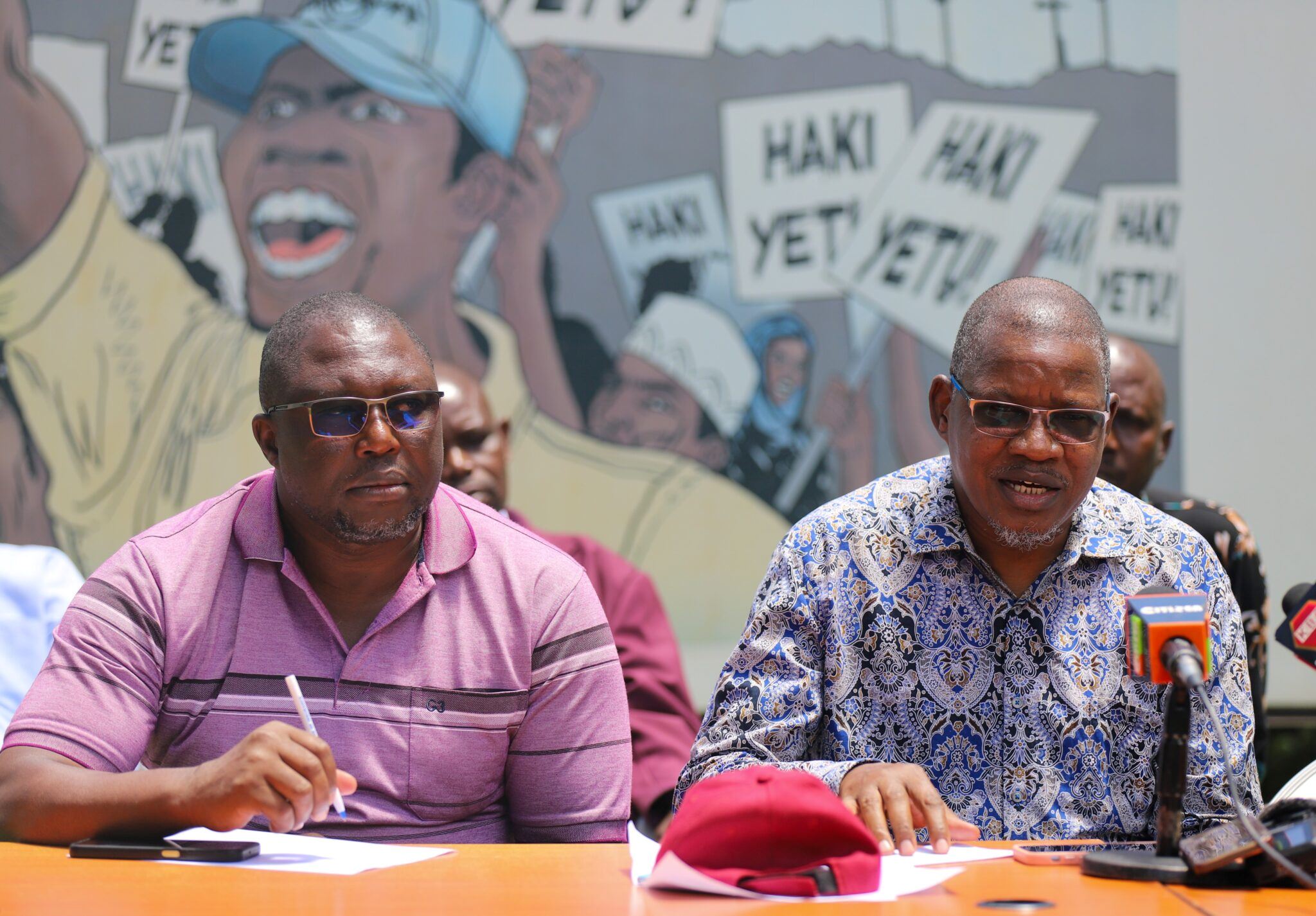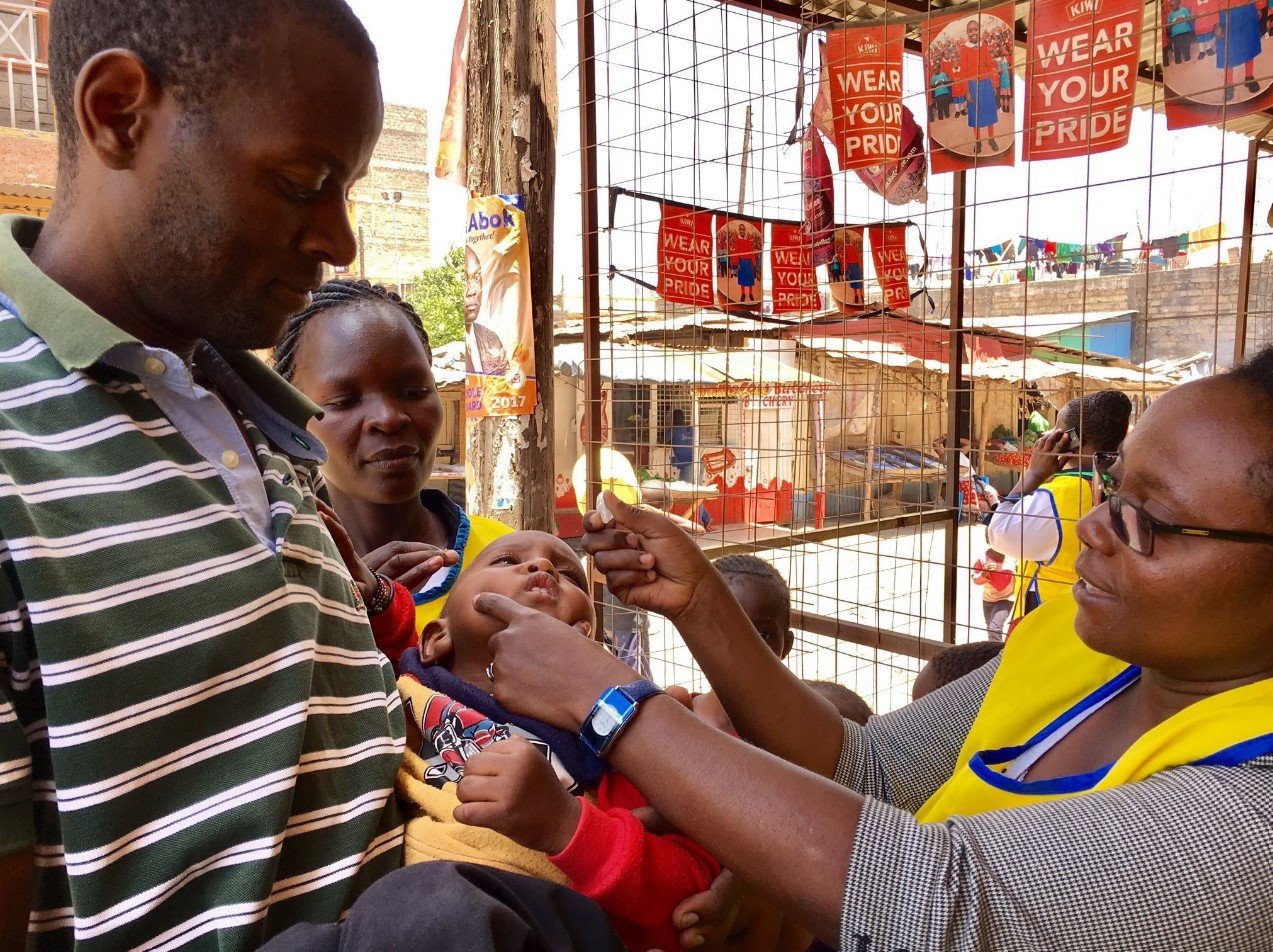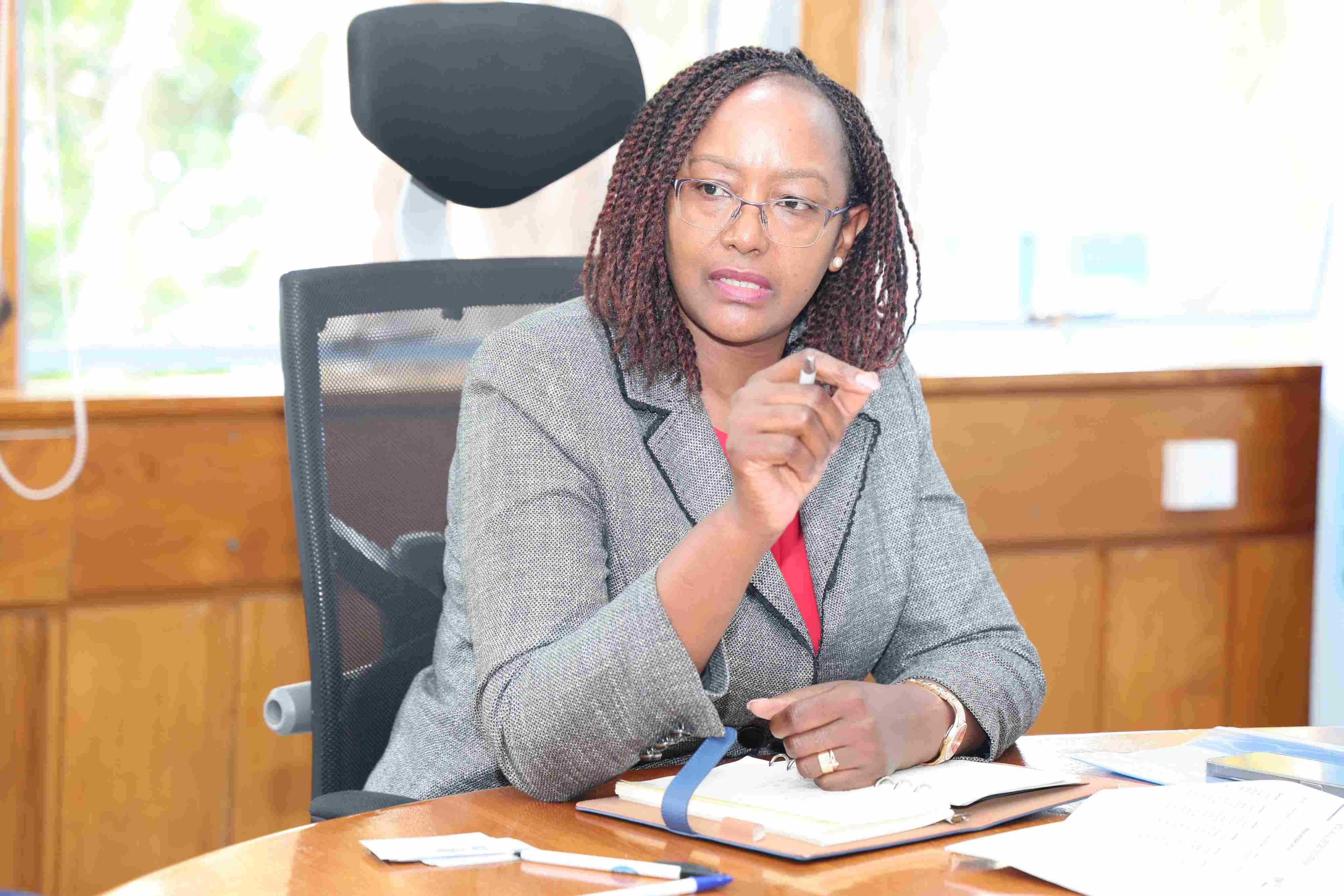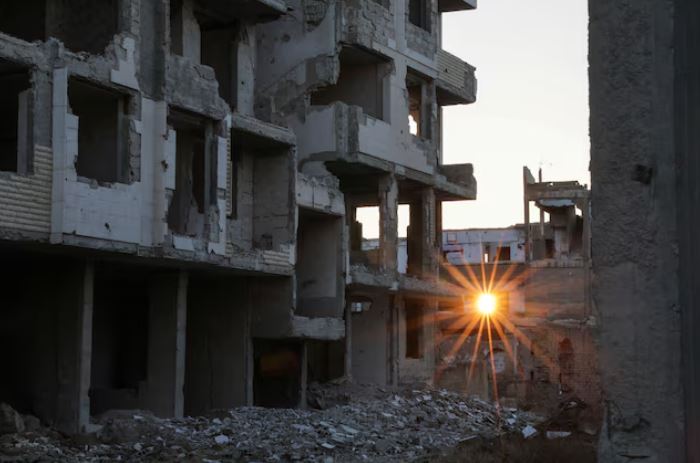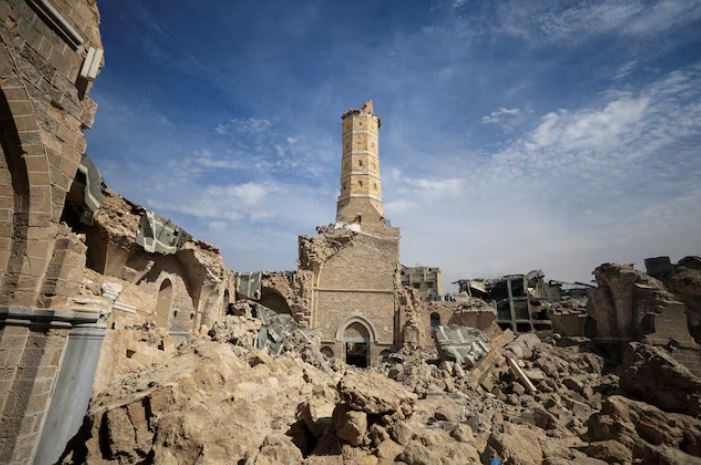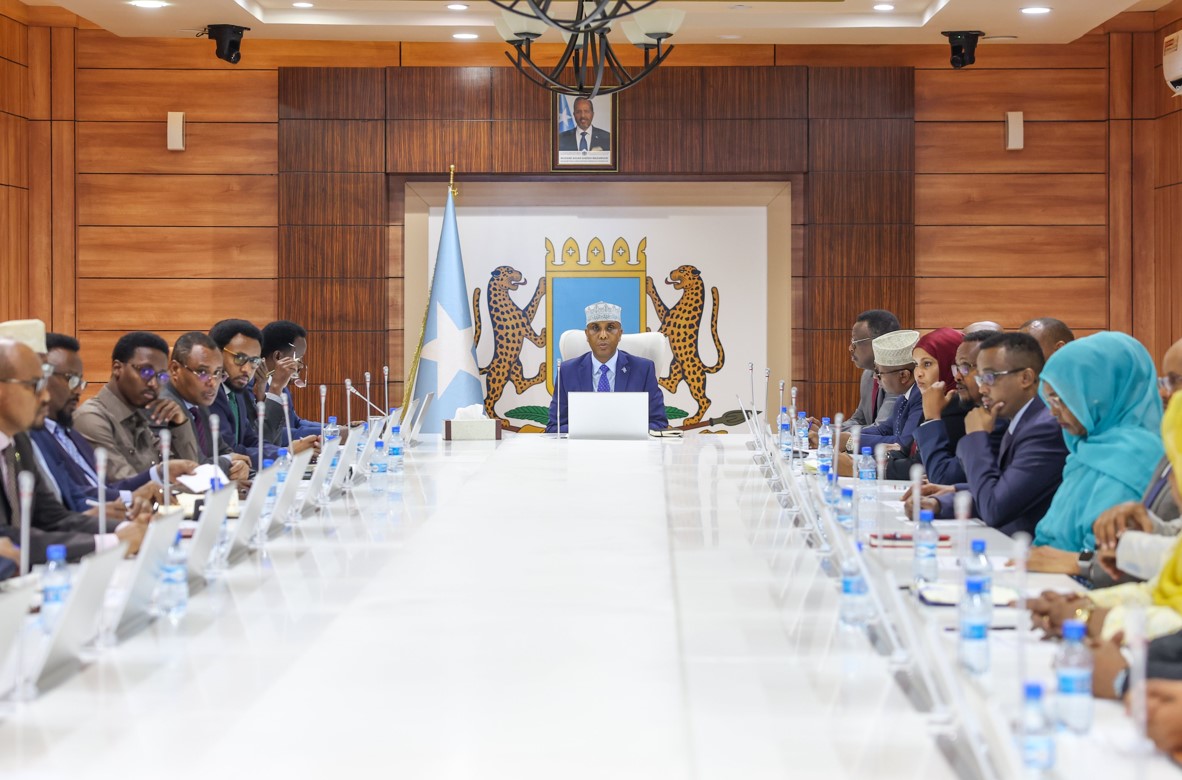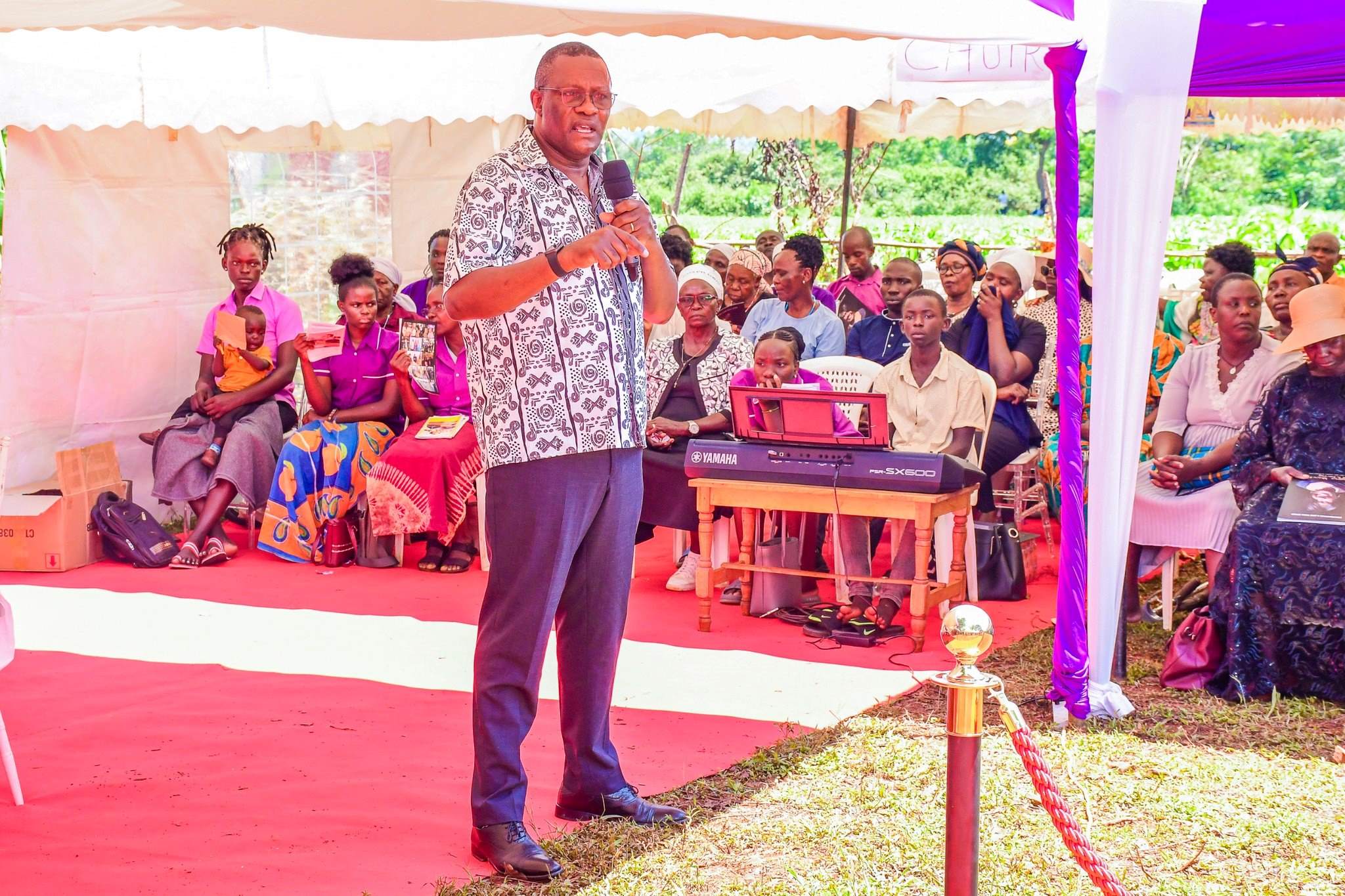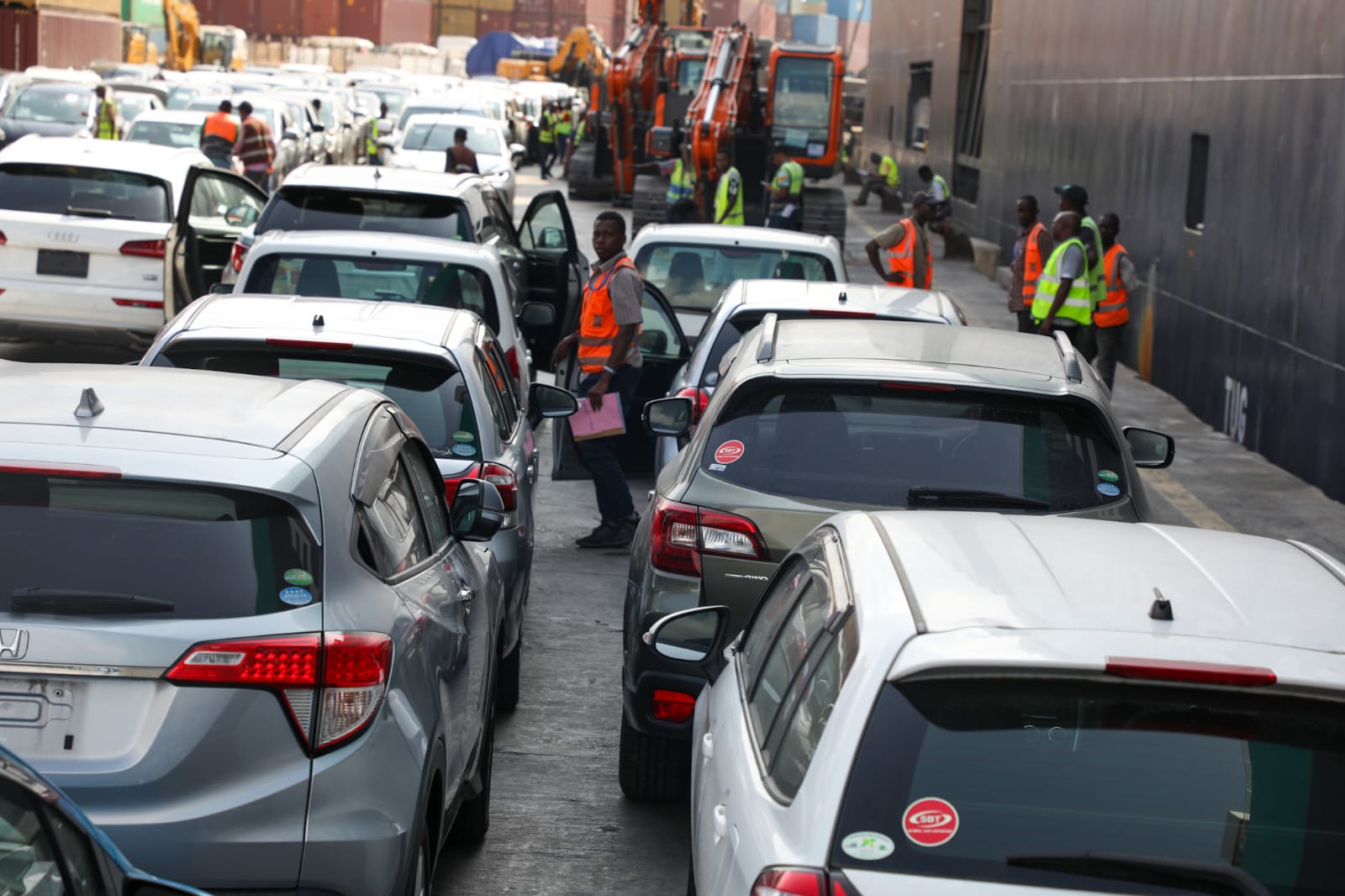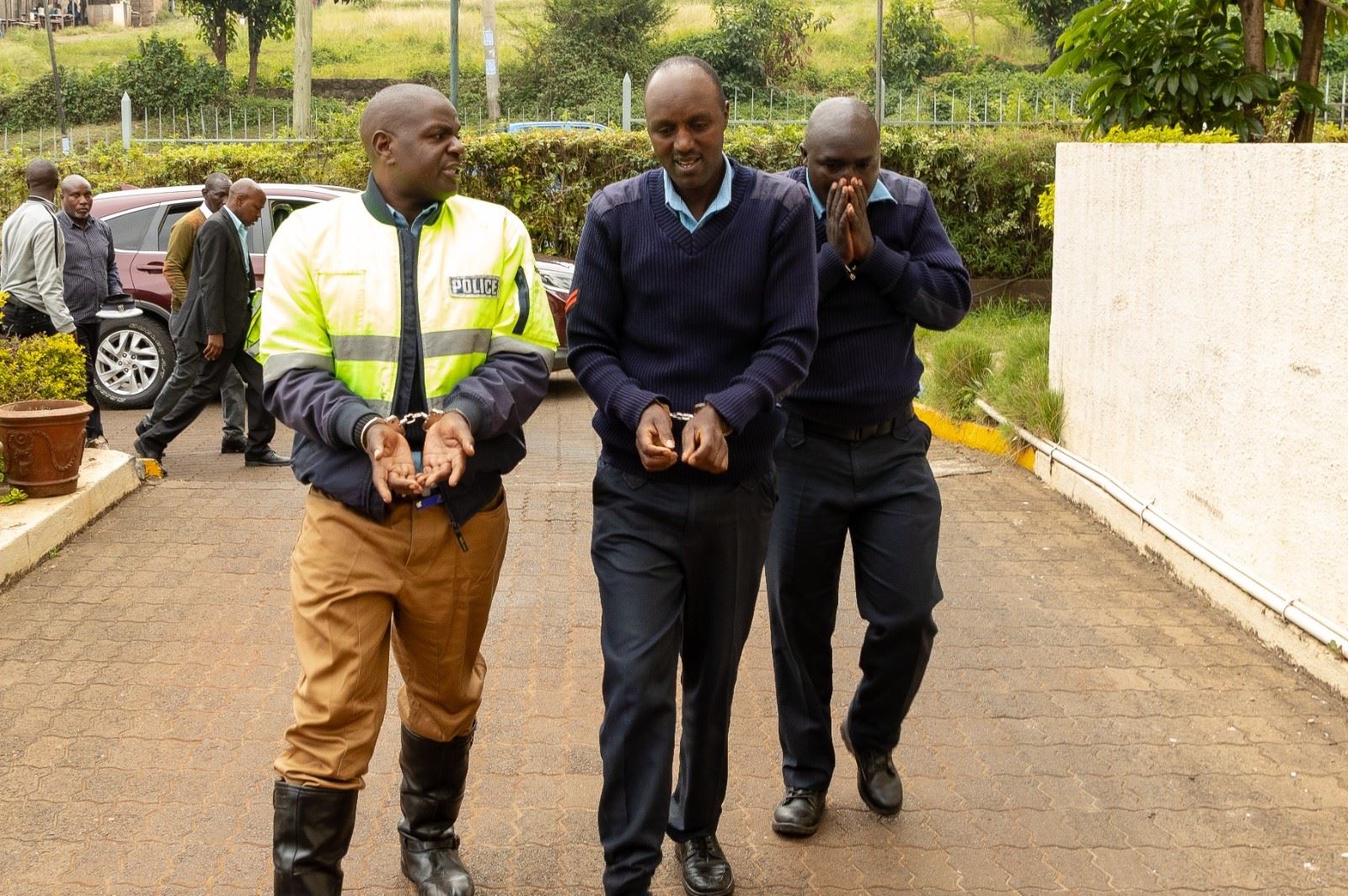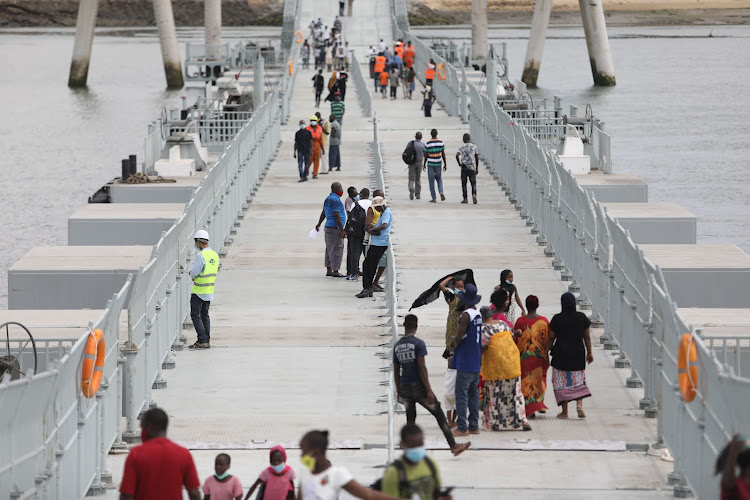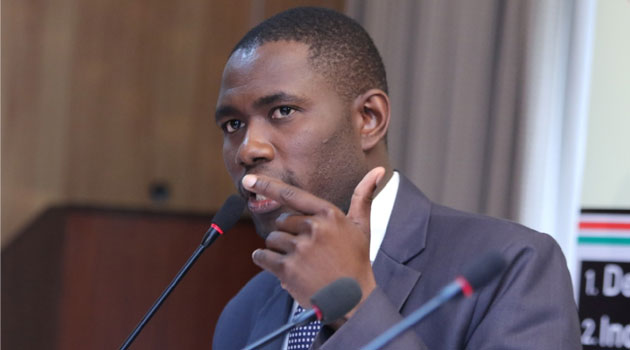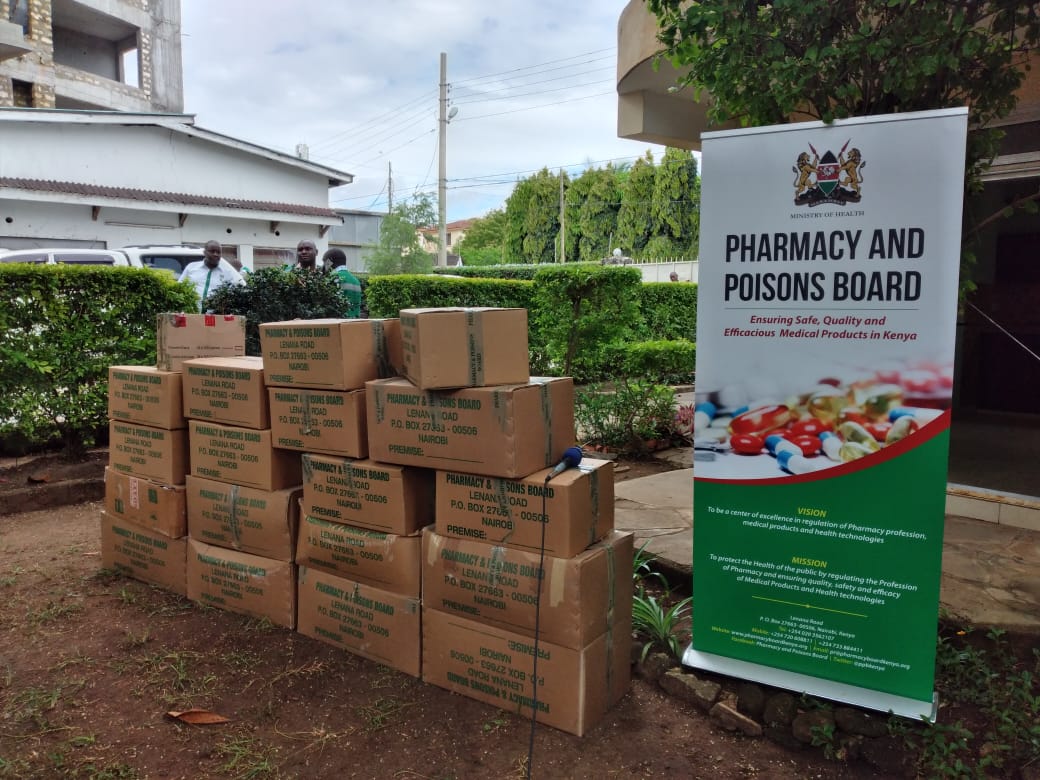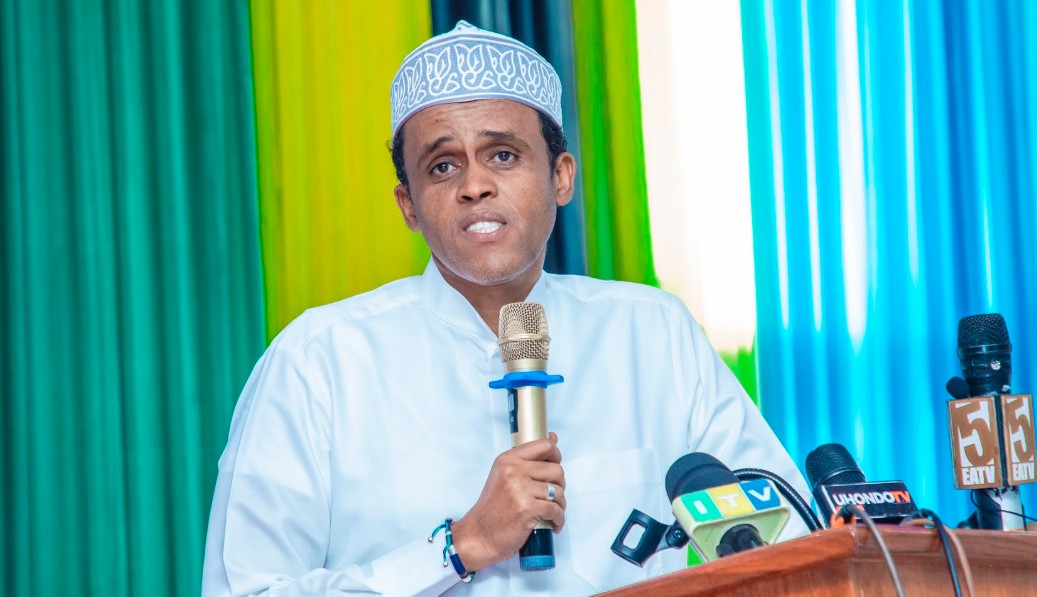Africa’s growth not enough to reduce poverty, 90 million more to be poor by 2027 - report
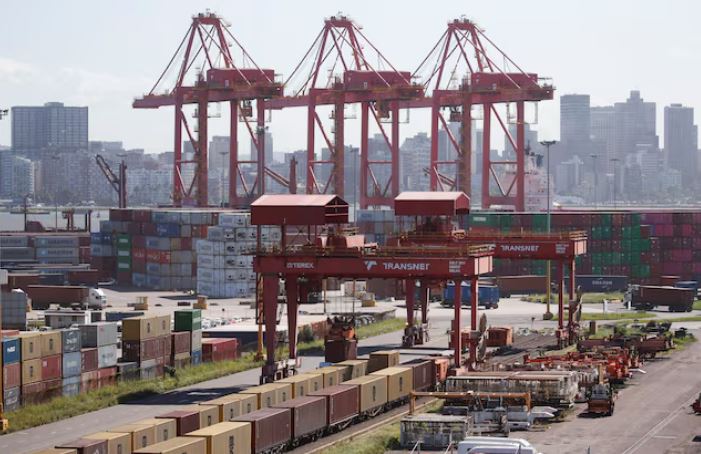
In Kenya, data from the Kenya National Bureau of Statistics (KNBS) estimates the poverty rate at about 40 per cent.
Efforts to reduce poverty across Sub-Saharan African countries will remain largely rhetorical over the next two years.
This, according to the global lender, World Bank, highlights a concerning trend, predicting that the poverty rate in the region will rise, further exacerbating the hardships faced by millions of people.
More To Read
“The poverty rate is expected to increase slightly over 2022-27, while the number of poor is expected to increase by 90 million people during this time,” the World Bank says in its April Africa Pulse report.
It adds that forecasts for 2025-27 indicate the poverty rate measured using the global poverty threshold of $2.15 (Sh300) per person per day, adjusted for inflation and differences in costs of living, will continue to rise to 43.9 per cent in 2025 before dropping to 43.2 per cent in 2027.
In real figure terms, it means by 2025, 43.9 per cent of the population in the region will be living below this poverty line, an increase from last year’s 43.6 per cent.
Despite the projected improvement come 2027, the lender says there will still be an overall increase in poverty over the five-year period since 2022.
It attributes the trend to modest regional growth, fast population growth, limited investment in sectors that generate income for the poor, and lingering effects of past inflation, which continue to pose a challenge for poor households.
“Given the region's fast population growth, the total number of poor is expected to increase from 576 million in 2025 to 589 million in 2027, even as the poverty rate falls in 2026-27.”
In Kenya, data from the Kenya National Bureau of Statistics (KNBS) estimates the poverty rate at about 40 per cent.
The latest figures reveal that about 33.2 per cent of urban dwellers in Kenya consume less than Sh8,000 per month, while 42.9 per cent of those living in rural areas spend less than Sh4,300 per month as of 2022.
This brings the overall poverty headcount to 39.8 per cent, implying that over 20 million individuals were unable to meet the overall poverty line threshold during the year.
Food poverty rate
Hardcore poverty headcount rate for individuals was 7.1 per cent, meaning over 3.6 million individuals lived in conditions of abject poverty and were unable to afford the minimum required food consumption basket.
Notably, the food poverty rate was more than 50 per cent in Turkana (64.3 per cent), Mandera (60.4 per cent), Samburu (56.7 per cent), and Marsabit (54.4 per cent).
Counties with the lowest food poverty rates were Nairobi City (15.8 per cent), Nyeri (18.2 per cent), and Kiambu (18.3 per cent).
Generally, those with the highest overall poverty rates were Turkana (82.7 per cent), Mandera (72.9 per cent), Samburu (71.9 per cent), Garissa (67.8 per cent), Tana River (66.7 per cent), Marsabit (66.1 per cent), and Wajir (64.7 per cent).
Even so, regionally, the World Bank reckons that Sub-Saharan Africa has the highest extreme poverty rate globally, and a large share of the poor is concentrated in a few countries.
“About 80 percent of the world's estimated 695 million extreme poor resided in Sub-Saharan Africa in 2024, compared to eight percent in South Asia, two percent in East Asia and the Pacific, five percent in the Middle East and North Africa, and three percent in Latin America and the Caribbean,” the lender’s report reads.
Nevertheless, it reckons that the economic growth forecast for Sub-Saharan Africa over 2025-27 will not be sufficient to reduce extreme poverty significantly and meet people's expectations.
Top Stories Today



